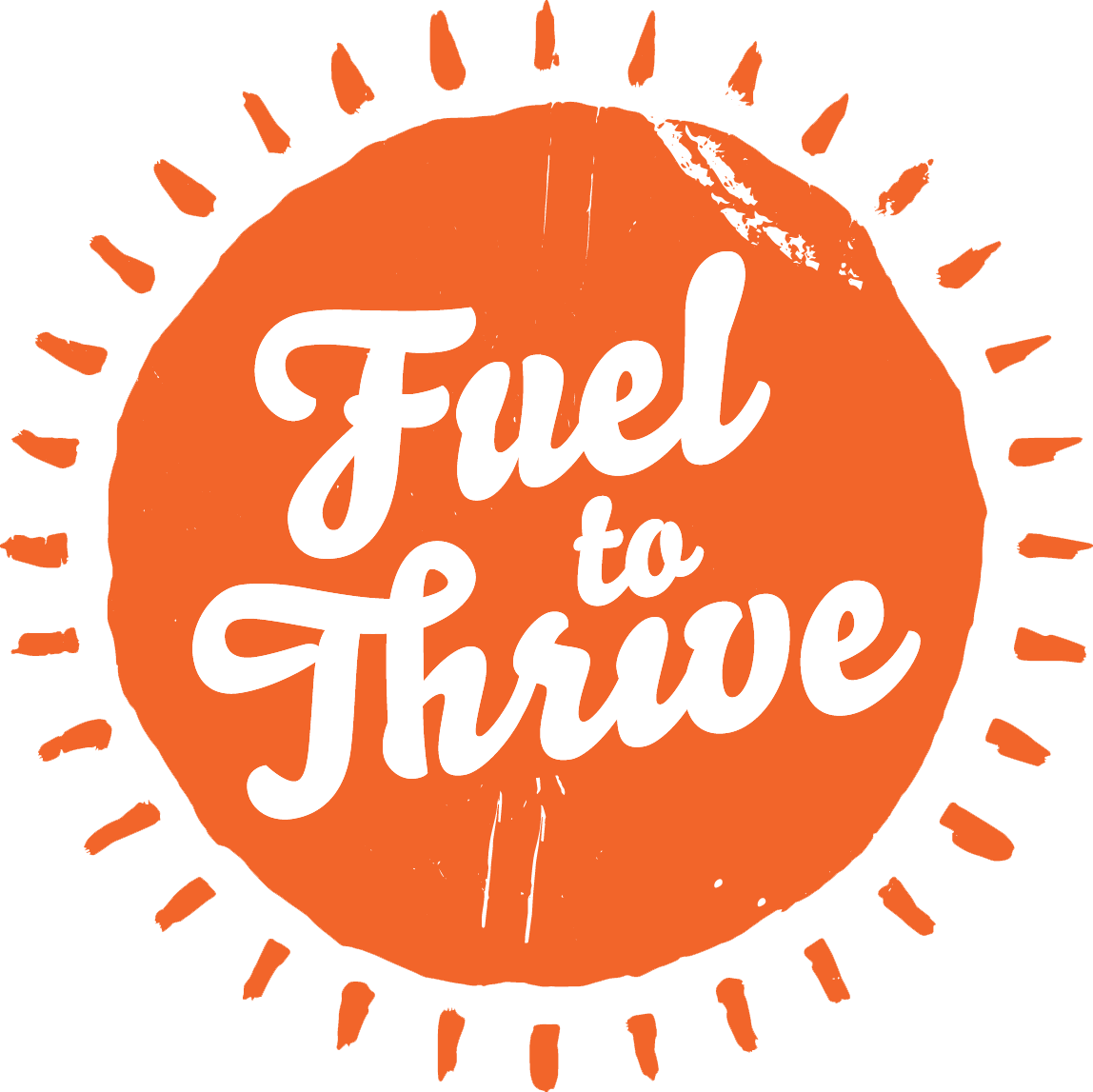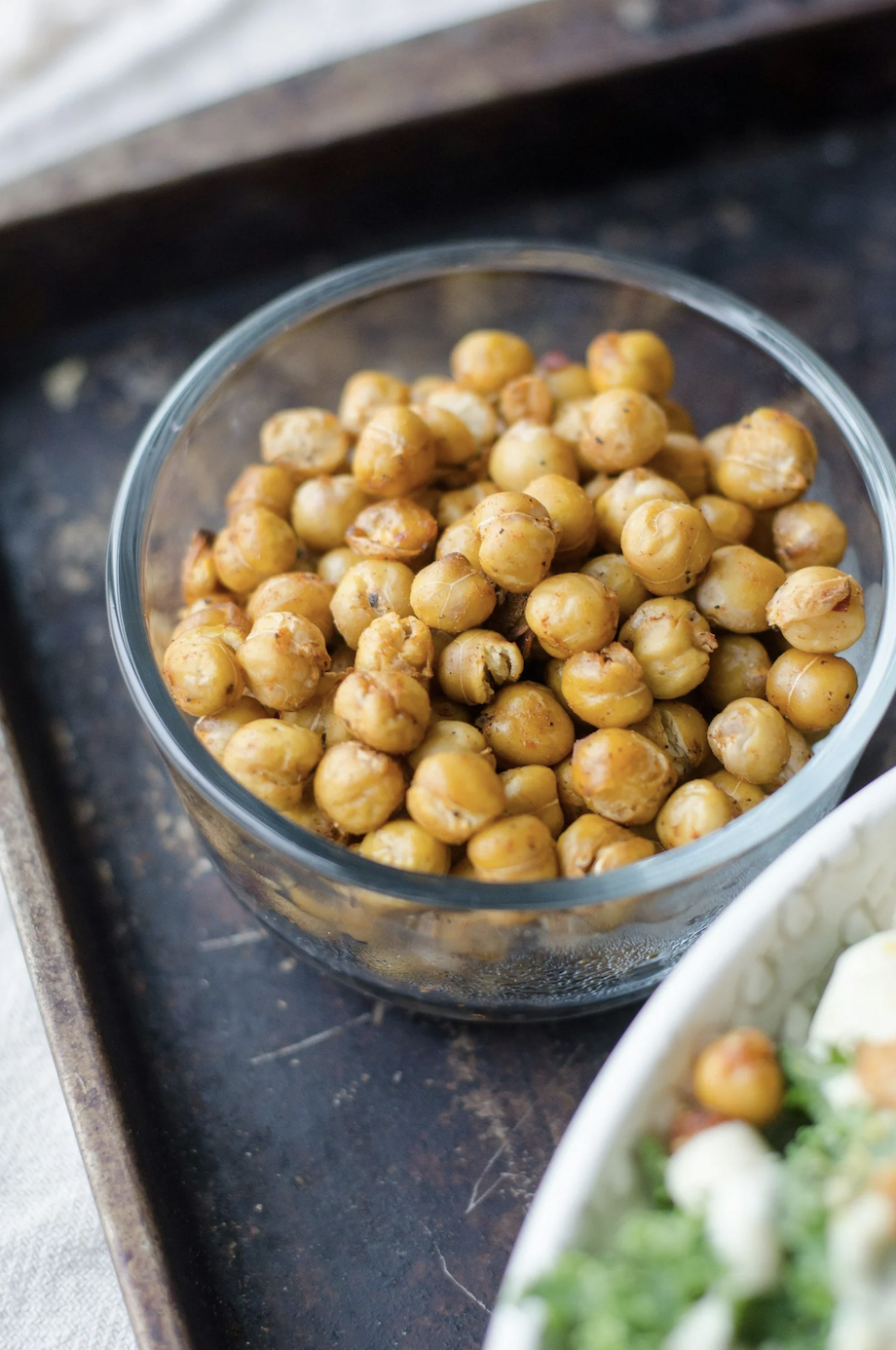5 High Protein Snacks -that aren’t yogurt or cottage cheese!
5 High Protein Snacks from a Spokane Nutritionist | Nutrition for Perimenopause, Menopause & Athletes
Looking for easy high-protein snack ideas that aren’t yogurt or cottage cheese? A Spokane nutritionist shares simple, protein-packed snacks plus expert nutrition tips for women in perimenopause and menopause, as well as endurance athletes. Learn how to build customized nutrition plans that support energy, hormone balance, and lasting strength.
Simple, satisfying snack ideas from a Spokane nutritionist to keep your energy up and your protein on point.
ABOUT US: SPOKANE NUTRITIONISTS
We are a group of registered Spokane dietitians and personal trainers who have a passion for helping you feel in control of your health.
We work mainly with athletes, those with chronic GI conditions, and women in perimenopause and menopause. We create customized nutrition plans to empower and educate you in your health journey.
3 p.m. hits… you’re hungry… and you don’t know what to eat! You’ve heard somewhere that you should be eating high-protein snacks, but when you’re staring at your pantry, it’s hard to know what actually counts. Trust me—we’ve all been there.
As a Spokane nutritionist in a dietitian private practice, I often see clients who want simple, satisfying snacks that support energy, hormones, and muscle recovery. So here’s an easy guide (plus some snack ideas!) to help you feel your best.
Why Focus on Protein
Including protein in your snacks helps you:
Stay fuller for longer
Keep your energy steady between meals
Support muscle recovery, maintenance, and growth
This becomes especially important for women navigating perimenopause or menopause. During these stages, estrogen levels naturally decline, which can lead to faster muscle breakdown, reduced sensitivity to carbohydrates, and slower recovery.
If you’re going through perimenopause or menopause, increasing your protein intake can make a big difference. You can still improve body composition, maintain lean muscle, and feel strong with the right nutrition plan. A personalized approach—like a perimenopause meal plan or nutrition menopause strategy—can help you meet your goals with clarity and confidence.
If you want support in this area, our dietitian team offers customized nutrition plans tailored to your lifestyle and goals.
What Counts as a High Protein Snack
A high protein snack typically contains 10–15 grams of protein and ideally pairs that protein source with a colorful fruit or veggie, a healthy fat, or a small portion of starch for balance.
While I LOVE cottage cheese and Greek yogurt, I have heard so many women desperately seeking other options- either because of lactose intolerance or just being flat our bored of those options! If you are not one of those women, then eat away!!
If you’re struggling with how to eat to support your body during perimenopause or menopause, we can help build you a customized nutrition plan to support your weight and health goals!
5 High Protein Snacks
Tuna
Serving size suggestion: 1/2 can tuna has 10g of protein!!!
How to eat: pair with some whole grain crackers (for a couple more grams of protein) or veggies! I always like to flavor with pickle juice, mustard or lemon pepper!!
Other Tips:
Low mercury brands are available. Safe Catch and Wild Planet are two!
Choosing “chunk light” and “in water” will be a lower mercury choice over other options.
Edamame
Serving size suggestion: 1/2 cup shelled has about 10g of protein
How to eat: You can add all types of flavor, but I like to just add salt! Pair it with a rice cracker for a more robust snack!
Other tips:
You can buy already shelled edamame in the frozen aisle of most grocery stores. This makes it a great snack to always have available.
Cheese Sticks
Serving size suggestion: 1 cheese stick has 7g of protein! Have two or eat with some whole grain crackers to get that 10-15g!
How to eat: With whole grain crackers and some fruit… you basically have a charcuterie board…not really, but…
Other tips:
Cheese sticks are one of the few items I buy low-fat because nothing is added in them to keep them low-fat. They are just made with skim milk!
Roasted Chickpeas, Pumpkin Seeds & Popcorn:
Serving size suggestion: 1/4 cup roasted chickpeas have about 5g of protein. 2 TBSP of pumpkin seeds have 7g of protein.
How to eat: Use the serving size suggestions above and add some popcorn to make it a savory and crunchy snack!
Other tips:
You can roast/pop your own of all of these OR buy them already prepared and make your own mix.
Ricotta Cheese:
Serving size suggestion: 1/3 cup of ricotta cheese has 7g of protein!
How to eat: Mix with some honey and serve on a piece of toast topped with fruit or use as a fruit dip!
Other tips:
I know this is kind of like cottage cheese and Greek yogurt, BUT most people don’t know that it is also high in protein!
Nutrition During Perimenopause and Menopause
Nutrition plays a powerful role in how you feel through hormonal transitions. Many women notice changes in metabolism, muscle mass, sleep, and energy during perimenopause and menopause, and the right approach to eating can make a big difference.
Here’s what to focus on:
Prioritize protein: Aim for a source of protein at every meal and snack to help preserve lean muscle and stabilize blood sugar.
Balance your plate: Include colorful vegetables, healthy fats like avocado or olive oil, and fiber-rich carbohydrates to support hormones and digestion.
Stay hydrated: Hormonal shifts can affect fluid balance—keep water or electrolyte drinks nearby throughout the day.
Support gut health: Incorporate fermented foods like kefir, sauerkraut, or yogurt alternatives with probiotics to aid digestion and hormone metabolism.
Working with a Spokane nutritionist can help you find a realistic perimenopause meal plan that fits your preferences and lifestyle. Small changes—like adjusting your protein intake or meal timing—can have a big impact on energy, mood, and body composition.
Nutrition for Endurance Athletes
If you’re training for running, cycling, or any endurance sport, high-protein snacks are also key for recovery and performance. Nutrition for endurance athletes often includes a mix of protein and carbs to replenish glycogen and repair muscles after long sessions. Pairing protein-rich snacks with complex carbs like oatmeal, rice cakes, or fruit helps your body refuel effectively.
Whether you’re training hard, navigating hormonal changes, or simply trying to stay energized through the afternoon slump, a thoughtful approach to protein can make all the difference.
If you’re ready for a plan that’s designed just for you, reach out to work with a Spokane nutritionist who can help you build a sustainable, customized nutrition plan that fits your goals and lifestyle.




